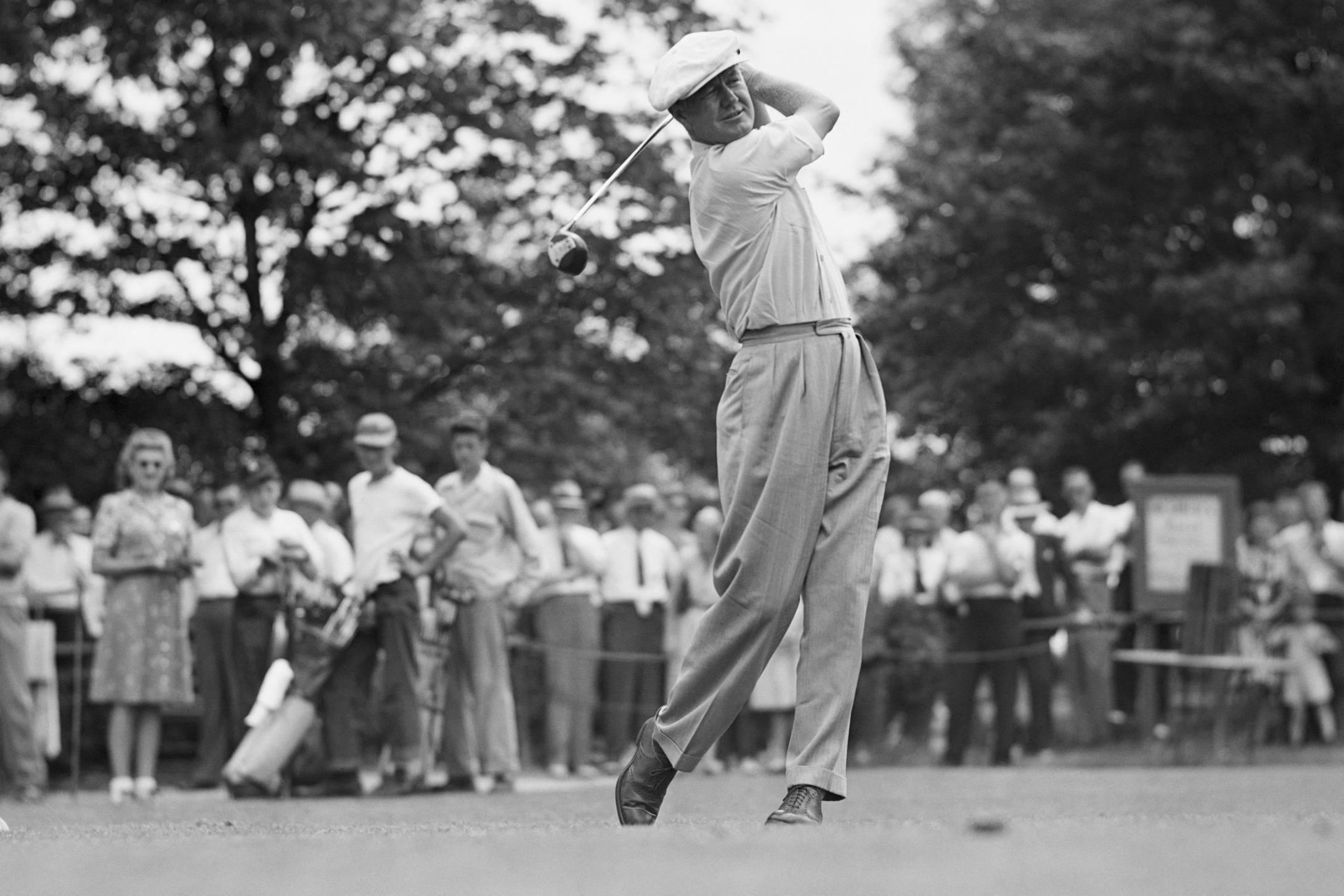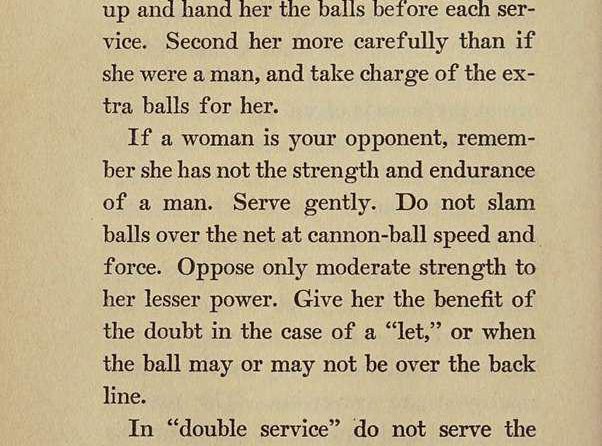Exploring the Golf Mastery of Byron Nelson
In the annals of golf history, few figures command as much respect and admiration as Byron Nelson. Celebrated for his extraordinary skills and strategic acumen on the course, Nelson’s legacy is a remarkable blend of biomechanical precision and mental strength. This exploration delves into the intricacies of his golfing technique, revealing timeless lessons embedded in his illustrious career.
Biomechanics Behind Nelson’s Swing
The swing technique employed by Byron Nelson continues to captivate scholars and enthusiasts alike due to its exceptional accuracy and fluidity. A detailed analysis reveals that his swing was a harmonious sequence of movements executed with unmatched skill. The transition from grip to follow-through exemplified technical mastery that distinguished him as a true artist in golf.
A hallmark of Nelson’s approach was his perfectly aligned stance, which served as a crucial foundation for both elegance and consistency in his swing. The subtle weight shifts combined with controlled hip and shoulder rotations created an effective kinetic chain leading to impactful ball striking. His ability to maintain balance throughout each phase underscored an unwavering commitment to excellence.
Diving deeper into the mechanics of his downswing illustrates how he generated power while maintaining accuracy—an outcome refined through years dedicated to practice. The deliberate release of energy from peak swing position down through impact showcased not only timing but also tempo mastery; every action was intentional, reflecting meticulous craftsmanship that defined his golfing legacy.
Strategic Insights in Nelson’s Game
Byron Nelson’s strategic mindset on the golf course highlighted an analytical approach that set him apart from competitors. His meticulous planning allowed him to navigate rounds with precision while taking calculated risks when necessary. Key elements included assessing course layouts, weather conditions, and understanding opponents’ strengths—crafting winning strategies accordingly.
Navigating through various scenarios required both mental sharpness and situational awareness; he knew precisely when aggression would pay off versus when caution was warranted. By leveraging extensive knowledge about both gameplay dynamics and competitor tendencies, he made decisions that maximized success potential—a testament to his strategic brilliance on the links.
Psychological Aspects Influencing Performance
The essence of Byron Nelson’s game extended beyond physical capabilities; psychological factors played a pivotal role in shaping performance outcomes on the course. An exploration into sports psychology reveals how mental fortitude intertwined seamlessly with physical execution during play.
A significant aspect influencing performance was undoubtedly focus coupled with resilience under pressure—a Zen-like concentration enabled him to transcend distractions effectively during critical moments in competition.
Additionally, visualization techniques were integral components within his preparation regimen; by mentally simulating successful shots before executing them physically, he gained distinct advantages over competitors—demonstrating how powerful imagery can enhance performance outcomes significantly.
Modern Coaching Applications Inspired by Nelson’s Techniques
The techniques pioneered by Byron Nelson offer invaluable insights for contemporary golf coaching methodologies today—providing nuanced approaches towards mastering this intricate sport effectively! His biomechanical principles serve as guiding frameworks for understanding swings’ complexities while emphasizing intentionality behind every movement made throughout gameplay sequences!
Navigating diverse playing conditions demanded adaptability alongside keen instincts paired harmoniously together within analytical thinking processes! Coaches can extract valuable lessons from these experiences enabling them craft tailored strategies suited specifically towards individual players’ needs based upon their unique strengths & weaknesses!
Conclusion: Embracing Legacy Through Learning
This comprehensive examination unveils profound narratives interwoven between biomechanics & strategy defining what makes up great golfers like Byran Nelsn! Reflecting upon these teachings reminds us all about importance continuous improvement along our journeys toward excellence whether we’re just starting out or seasoned veterans seeking refinement!

Unlocking the Secrets of Byron Nelson’s Golf Mastery: A Deep Dive into Technique and Strategy
Meta Title
Byron Nelson Golf Mastery: Techniques & Strategies Explained
Meta Description
Explore the technical nuances and strategic brilliance of Byron Nelson’s golf mastery. Discover swing biomechanical secrets and expert course management for unparalleled success.
The Legend of Byron Nelson
Byron Nelson, an iconic figure in the world of golf, is renowned for his unparalleled achievements and distinctive playing style. His mastery over the game not only led to a record 11 consecutive tournament wins in 1945 but also established a legacy that aspiring golfers strive to emulate.
Key Achievements
- 11 Consecutive Wins (1945)
- 5 Major Championships
- Induction into the World Golf Hall of Fame (1974)
Understanding Nelson’s Swing Mechanics
Byron Nelson’s golf swing is a marvel of mechanics and timing. To unlock the secrets of his technique, we must analyze several components that contribute to his effectiveness on the course.
Key Components of the Swing
- Grip:
– Neutral Grip: Nelson employed a neutral grip, which allowed for better control and consistency.
- Pressure Control: He maintained a relaxed grip pressure to promote fluidity in his swing.
- Stance and Posture:
– Wide Stance: A stable base with a wide stance helped him generate power.
– Athletic Posture: Slight knee flex with an upright spine ensured balance and mobility.
- Backswing:
– Smooth Takeaway: His backswing was characterized by a gradual, controlled motion.
– Shoulder Turn: Full shoulder rotation helped increase torque and clubhead speed.
- Downswing:
- Weight Transfer: A fluid shift of weight from the back foot to the front foot created momentum.
– Hip Rotation: Quick hip action allowed for powerful impact.
- Follow Through:
– Balanced Finish: Nelson’s follow-through was a key indicator of his successful swing, showcasing control and balance.
Biomechanical Insights
Understanding the biomechanics behind Byron Nelson’s swing can help amateur players improve their own techniques:
- Kinetic Chain: The transfer of energy from the feet through the body to the club is crucial. Ensuring each segment works in harmony is essential for maximizing distance and accuracy.
- Angle of Attack: Maintaining an optimal angle during the swing can influence ball flight and spin.
Course Management Techniques
Alongside his technical prowess, Byron Nelson was a master strategist on the golf course. His approach to course management revolves around intelligent decision-making.
Strategic Planning
- Pre-Round Strategy:
- Course Familiarization: Familiarizing himself with course layout and conditions helped Nelson plan effective shots.
– Wind Awareness: Understanding wind patterns allowed for smarter club selection.
- Shot Selection:
– Conservative Play: Choosing to play safe rather than aggressive in uncertain situations was one of his trademarks.
– Targeting Areas: Aiming for larger landing areas on greens reduced risk.
- Mental Approach:
– Visualization: Visualizing shots before executing helped maintain focus and calmness.
- Positive Mindset: His positive attitude contributed to a lower stress level on challenging courses.
Practical Tips for Emulating Nelson’s Mastery
Developing Your Swing
- Practice Gripping: Regularly adjust your grip until you find the comfortable position that promotes consistency.
- Drills:
– One-Handed Swings: Build arm strength and improve control.
- Mirror Work: Use a mirror to ensure proper posture and alignment.
Enhancing Course Management Skills
- Play Rounds Intentionally: Spend time studying the course layout before play.
- Keep a Course Journal: Note successes and failures for future reference, improving strategy on subsequent plays.
Mental Strategies
- Meditation and Focus: Mindfulness techniques can improve concentration on the course.
- Routine Development: Establish a pre-shot routine to foster a sense of familiarity and calmness.
Case Studies of Byron Nelson’s Effective Strategies
The 1945 Season
In 1945, Nelson’s performance was unmatched, demonstrating how his techniques translated into success.
- Tournaments: Winning the Masters, the US Open, and other significant tournaments showed his adaptability across different conditions.
Notable Round: 1937 Masters Tournament
- Focus on Risk Management: Nelson’s choice to play conservative shots, avoiding hazards, exemplified his strategic mindset.
Benefits of Emulating Nelson’s Techniques
- Improved Consistency: Replicating his methods can lead to more consistent performance.
- Enhanced Control: Focusing on swing mechanics can enhance overall control of the ball.
- Strategic Play: Better course management will lead to smarter play and lower scores.
Summary of Benefits
| Benefit | Description |
|—————————|—————————————————————|
| Improved Consistency | Greater reliability in shot-making |
| Enhanced Control | Better precision with swings and putts |
| Strategic Play | Reduced mistakes through intelligent course management |
Conclusion
Byron Nelson’s golf mastery remains inspiring for golfers of all levels. By focusing on his swing mechanics, strategic insights, and mental approaches, players can unlock their own potential and navigate the greens with confidence.
Integrating these insights into your practice can not only enhance your game but also deepen your appreciation for the strategic depth of golf, just as Byron Nelson demonstrated throughout his legendary career.





